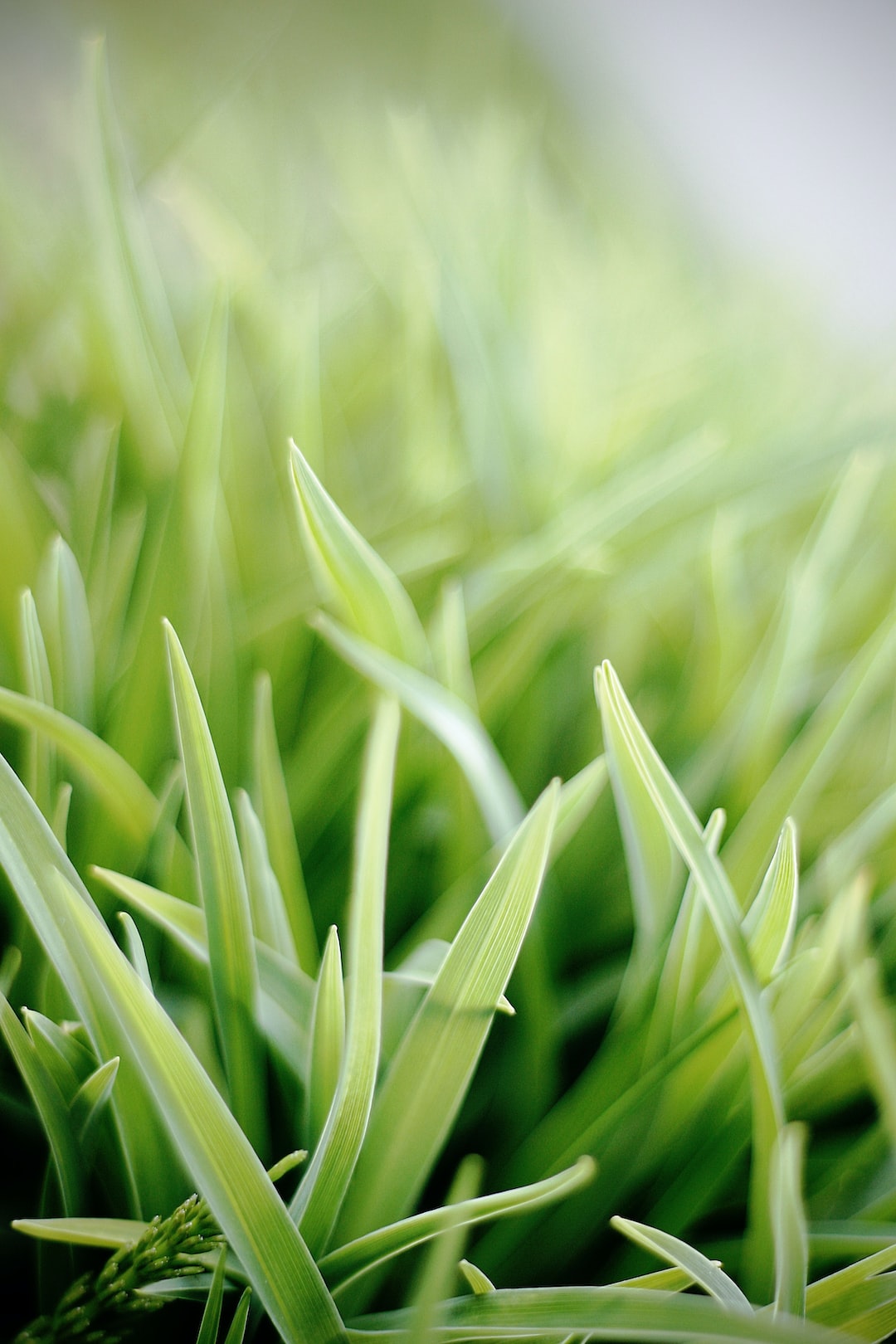Vertical gardening is becoming increasingly popular, especially in urban areas where space is limited. This innovative gardening technique utilizes vertical space to grow plants, making it possible for even the tiniest of spaces to become a green oasis. In this blog post, we will explore the basics of vertical gardening and how you can make the most of small spaces.
One of the main benefits of vertical gardening is its ability to maximize space. Whether you live in a cramped apartment with a small balcony or have a tiny backyard, vertical gardening allows you to grow a variety of plants without taking up valuable ground space. By utilizing walls, fences, trellises, or hanging containers, you can create a vertical garden that is both functional and aesthetically pleasing.
When it comes to choosing which plants to grow in your vertical garden, there are a few factors to consider. First, think about the amount of sunlight and shade your space receives. Some plants thrive in full sun, while others prefer partial shade. You should also consider the humidity and temperature of your space, as some plants are more tolerant of heat or cold than others.
Herbs and vegetables are excellent choices for vertical gardens, as they are often compact and don’t require much space. A variety of lettuces, tomatoes, peppers, and herbs such as basil, rosemary, and thyme can be successfully grown in vertical gardens. Additionally, leafy greens like spinach and kale also do well in this type of gardening.
To create your vertical garden, you will need to choose the right containers. There are a variety of options available, including hanging baskets, wall-mounted planters, and repurposed materials like pallets or gutters. Whichever option you choose, make sure it has proper drainage to prevent waterlogging.
Proper irrigation is also essential for vertical gardens. Since the plants are stacked vertically, watering from the top may not reach the bottom layers. Therefore, consider using a drip irrigation system or self-watering containers to ensure that all your plants receive enough moisture. Be vigilant about checking the soil moisture levels to avoid over or under-watering.
Maintaining your vertical garden is relatively easy, but regular care is crucial for healthy plant growth. Monitor for pests and diseases, and take action if you notice any issues. Prune and train your plants regularly to maintain their shape and prevent overcrowding. Additionally, fertilize your plants based on their specific needs to ensure optimal growth.
Vertical gardening is an excellent solution for those with limited space but a desire for a lush green environment. With the right plants, containers, and care, you can transform even the smallest of spaces into a thriving garden. So, why not give it a try and start cultivating your own vertical oasis today?
